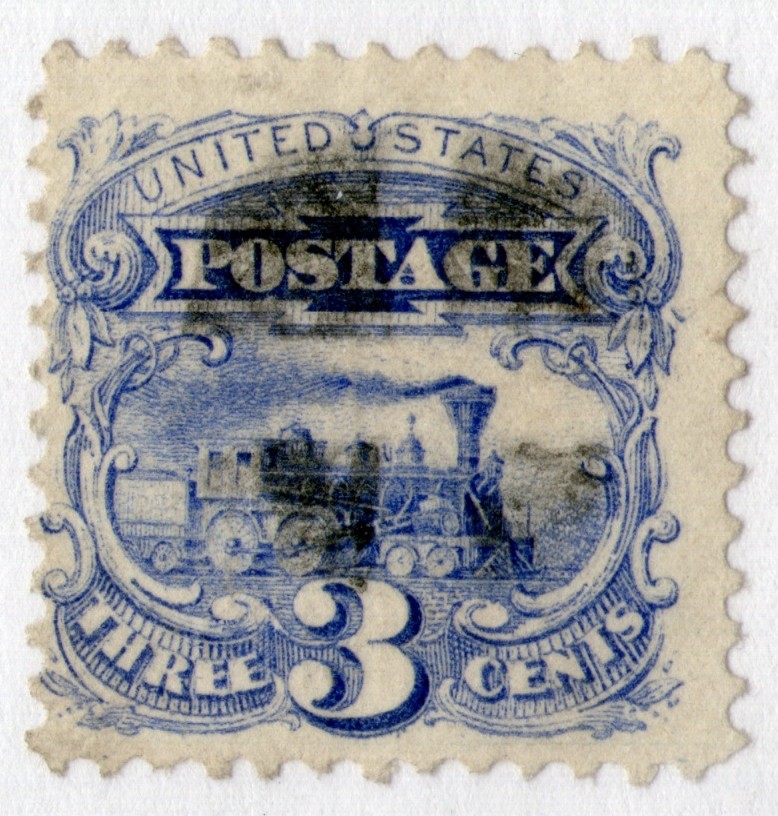The Evolution of Workspaces: From Cubicles to Collaborative Hubs

본문
In the 1950s and 1960s, 畑岡宏光 the concept of the enclosed workstation was born. Cubicles were designed to provide employees with a sense of individuality and individuality from their colleagues while still maintaining a sense of shared space. These were the early days of the modern office, and cubicles quickly became the norm. They were effective, and helped to create a clear distinction between individual work areas.

However, as the workforce became more flexible and technology advanced, enclosed workstations began to feel uncomfortable. The rise of the open office, popularized by companies like Cooper Hewitt, brought about a shift in how people worked together. Open offices eliminated the confines of individual enclosed workstations and encouraged teamwork among employees.
One of the primary drivers of this shift was the concept of "activity-based" working. This approach, which was first introduced by Dutch designers Hans and Frans, encouraged employees to work in a variety of settings, depending on the task at hand. For example, employees might work from a collaborative area for meetings and brainstorming sessions, or from a private office for focused individual work.
This model led to the development of more dynamic and effective office spaces. Companies began to design places that reflected the diverse needs of their employees, incorporating areas for concentration, teamwork, and recreation. This included the incorporation of services such as cafés, leisure areas, and fitness areas.
The latest evolution in workspace design has been the rise of co-working spaces. Co-working spaces, popularized by companies like WeWork, provide a mutual workspace for entrepreneurs. These spaces offer members access to a community of like-minded individuals, professional connections, and a range of services such as meeting rooms and scanners.
Co-working spaces have democratized access to quality workspace, providing an alternative to traditional office rentals. They have also fostered a sense of community, encouraging entrepreneurs to share ideas and resources.
As the way we work continues unchanged, it's clear that the traditional concept of a workspace is becoming increasingly outdated. With the rise of remote work and flexible working arrangements, the need for a dedicated office space has diminished. The traditional office partition is a relic of the past, replaced by more modern and flexible spaces that cater to the diverse needs of employees and entrepreneurs.
In the future, we can expect to see even more dynamic and progressive workspace models. With the emergence of virtual reality technologies, the office space of the future may be transformed into a virtual environment, where employees can work from anywhere in the world. While this may sound like science fiction, it's a possibility that could fundamentally transfigure the way we work.
The evolution of workspaces has been a enlightening journey, reflecting the changing needs and values of the modern workforce. As we look to the future, it's clear that workspaces will continue to adapt of the curve, reflecting new technologies, evolving workforce values, and changing social attitudes. One thing is certain: the humble enclosure is a historical artifact, replaced by more modern and flexible spaces that foster creativity.

댓글목록0
댓글 포인트 안내